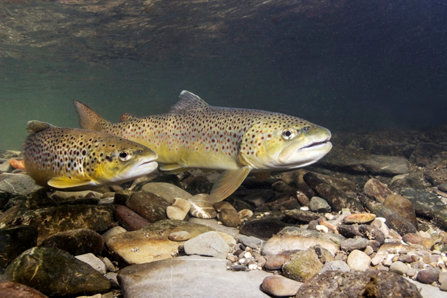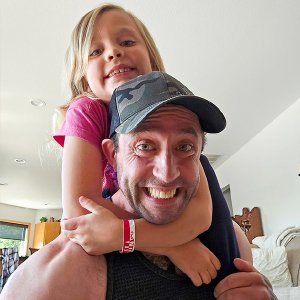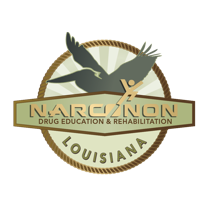Meth Water and Addicted Trout

Methamphetamine has been making headlines with people overdosing when it is laced with fentanyl. Now methamphetamine has made headlines again.
Now wastewater is testing positive for meth. Like drug testing, wastewater can be tested to see what drugs are used in that city or region. Recently, Shreveport, Louisiana, had its wastewater tested, and the results showed that there was double the amount of meth in the water system than anywhere else in the US. So now, how does meth end up in the wastewater system?
The answer is simple. When someone uses methamphetamine, eventually, it will leave their system and body. When it leaves their body, it is flushed and ends up in the wastewater. So, to answer that question, the meth in the water comes from people who are using meth.
One of the concerns of the city of Shreveport is the rural water system and how meth couple affects the food system and environment. That being said, there is a possibility meth can impact the environment and the animals living in the environment.
When the sewage water is released back into the environment, it still contains high levels of meth or any drug. Fish see the trash or waste as food. The Journal of Experimental Biology tested how methamphetamine in wastewater would affect brown trout. They placed the trout in meth-polluted water, which they replicated in a lab, and the outcome was alarming.

Just like humans, brown trout can get hooked on meth. The researchers placed sixty trout in the replicated meth water and left them there for two months. They were then pulled out and had to quit cold turkey. The trout swimming in clean water moved around more than those exposed to the meth water. Another thing discovered was there were traces of meth found in the trout’s brains up to ten days after they were exposed to the meth water.
After the initial experiment, the researchers gave the trout the option to enter a clean or meth-contaminated stream. However, unlike the clean trout, the pre-exposed trout preferred to return to the water containing meth. The researchers then concluded that the trout were exhibiting signs of addiction.
When many of us are struggling with addiction, we tend to only think of ourselves. We’re not looking at the bigger picture and how our drug use could impact others or even the environment. If trout are going to keep consuming methamphetamine, that could be detrimental to their survival and the food web. Trout exposed to contaminated meth water deliberately seek to find the source of the drugged water or tend to congregate in areas with the contaminated water, like wastewater treatment areas.
Using and consuming meth is dangerous enough as is. Now, the environment and animals are being affected by meth use. Even though contaminated water containing illicit drugs isn’t anything new, the levels in which these waters contain illicit drugs are increasing, like in Shreveport.
It is essential to know the signs if you suspect a loved one of using meth. For example, if someone is staying up days at a time and then crash, their teeth are rotting, they’re picking at their face or skin thinking there are bugs inside of them, or are rapidly losing weight, these are just a few signs your loved one could be using meth. Another thing to look for is if a person believes there are people there who aren’t, or who thinks people are out to get them, or are seeing shadow people; these are signs the person could be experiencing psychosis due to meth.
Getting your loved one into treatment is important before it’s too late. The holidays are here, and meth is a continuously growing problem.
Sources:


